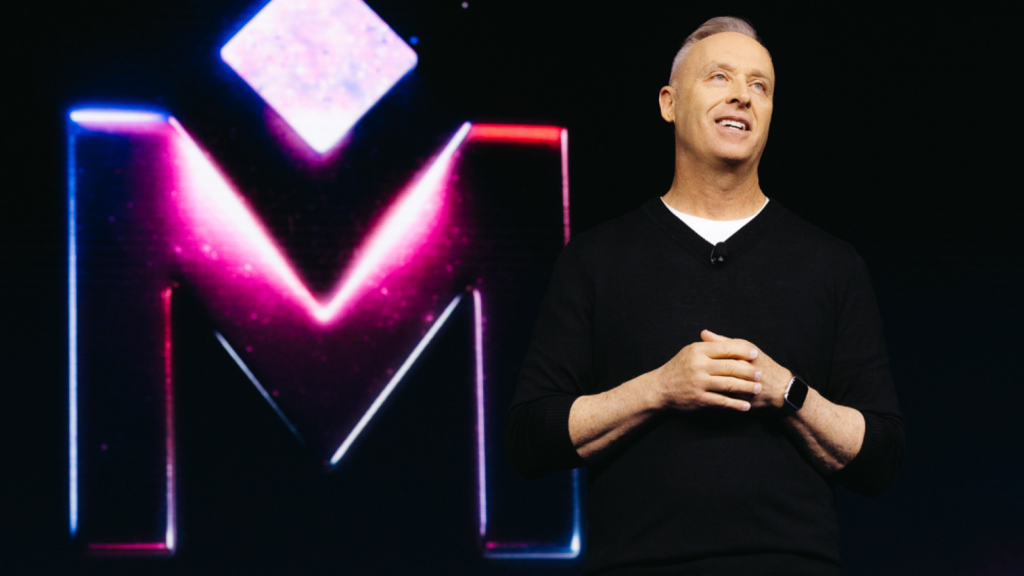How to Get Your Execs Bought Into CX

Many CEOs hope to boost their companies’ competitiveness and long-term success by improving the customer experience they deliver. What they don’t always recognize is the importance of building executive and organizational alignment. Without the buy-in of senior leaders across departments, creating a successful customer experience initiative can be especially challenging, and sustaining it can be virtually impossible.
The burden is greatest on the senior executives tasked with spearheading customer experience initiatives. Dayton Semerjian, GM of Global Customer Success at the $4.5 billion business software firm CA Technologies, knows this well. He launched CA’s customer experience initiative and now oversees a 1,200-person global network of customer success managers.
How did he build the buy-in among his fellow senior executives to help drive a customer-centric culture?
In a presentation at Experience 2016, Medallia’s customer experience conference, Semerjian shared his blueprint for gaining and maintaining executive alignment and support throughout the organization, applying that support to specific projects, and maintaining long-term buy-in.
1 – Engage their hearts. Create an emotional connection that convinces key stakeholders that change is really needed. The best way to do this is to connect executives—especially those without frequent customer interaction—with customers. Whether it’s bringing executives along on customer visits, inviting customers to the office to meet with senior leaders, or exposing them to transcripts of customer feedback, connecting top executives with customers helps to get your company’s leadership emotionally engaged.
2 – Engage their minds. Executives want to know that their investments are going to yield strong returns. Demonstrate the value of your CX program by quantifying its potential financial impact. Calculating customer lifetime value, the benefits of improving customer loyalty, or the revenue impact of CX improvements can help to build a strong financial case. (For more on how to do this, see our guide to financial linkage.)
Another approach is to create a “multilingual business case,” convincing individual leaders that your program has value to them and their function. To do that, you need to understand their interests and speak their language—for example, demonstrating to your head of HR that employee engagement is tightly linked to customer loyalty.
3 – Engage their wallets. Tie CX performance to compensation, but do so strategically. Changing any compensation system can create cynicism, conflict, and any number of unintended consequences. Don’t rush to tie compensation directly to individual CX ratings. Rather, focus on the behaviors that are necessary to create the changes you’d like. For example, a new CX initiative might tie compensation to participation in desired activities like training and education, closing the loop with customers, reading customer comments, and coming up with new ways to create a great customer experience. As the initiative matures, employees might be rewarded for additional behaviors, like resolving specific problems or coaching other employees (For more on incentives and CX, see our whitepaper Learning Before Earning.)
4 – Target other initiatives. Most companies have a few high-profile initiatives that executives already view as critical to the company’s success—and that already have energy, mind share, and resources behind them. Figure out how customer insights and other aspects of your program can strengthen these other initiatives, so your program is less likely to fade over time and more likely to receive the resources it needs to be successful.
5 – Target the heartbeat. Different companies have different core processes that are important to running the business. For software companies, it might be product development. For auto dealerships it’s likely to be sales. Make sure your CX programs are built into these processes, informing them and making them more effective. This can help customer-centric change happen faster and more easily.
6 – Keep supplying ammunition. Top-down support is oxygen for any big initiative. To keep the oxygen flowing, give your executives updates and compelling content that they can communicate more broadly throughout the company. Executives love to hear and share how customer experience improvements are affecting the things they care about—whether it’s a CFO learning about the ROI of a customer-centric initiative or a COO hearing how acting on feedback has boosted operational efficiency.
7 – Get top leaders’ hands dirty. A strong governance system is important for creating alignment and deciding how resources will be allocated. CA Technologies uses a two-tiered governance structure to keep executives involved in key decisions. At the operating level, managers focus on planning and execution. At the executive level, senior officials decide which plans to move forward. Semerjian recommends that the governance process keep executives engaged by involving them in real problem-solving, not just telling them what happened. Executives will lose interest if they are expected to simply rubber-stamp recommendations.
8 – Brand it. To keep your program relevant, create a communications plan based on a strong brand. A CX program called “Customers Always” (CA’s example) will easier to remember than something generic like “The Customer Satisfaction Program.” The brand should convey a concise, powerful message so its meaning will sink in easily.
Creating a great CX program is a big task, but a rewarding one. When senior executives are aligned and actively support your program, your probability of success increases. People pay more attention, resources become easier to secure, and resistance to change diminishes. Using these strategies, CX pros will be far better equipped to create the executive alignment they need to accelerate and sustain successful CX initiatives with big impact.







